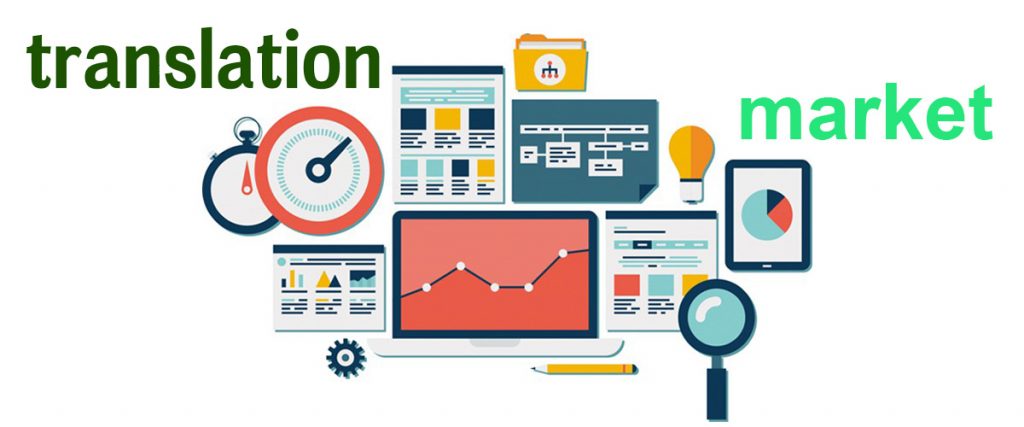Globalization strategy has been booming in most industries nowadays. To be successful, companies need to provide their products and services in line with countries, cultures, and even different legal systems. It is the translation, interpreting and localization services that support for this objective of those companies. In the next 10 years, the demand for translation and interpreting services is expected to continue to increase, in which there will be two main following factors that can directly impact the development of the translation market .
Globalization and the translation market
The increase in commercial activities and international business requires companies to profoundly learn the languages, cultures, and trends of their customers more. This has increased the demand for language services. Translation companies are as the bridge to help narrow the gap of communication among customers, businesses and individuals. This increase in demand has led to many experts beliefs that translation services will grow rapidly despite the economic depression.
According to the market research firm Common Sense Advisory, as of 2013 there were about 27,000 companies providing translation services. According to the page Statista.com, in 2010, the revenues of the translation industry worldwide reached about 29.27 billion US dollars. In 2013, this number rose to 34.78 billion US dollars. The revenues of this service sector will continue to increase at an average growth rate of 7.4% annually and will reach about 47 billion US dollars in 2018.

The translation market segmentation
Although the demand for translation services is growing strongly, but this does not mean that the income of those working in this field will increase. Besides the forms of translation provided by translation companies, the introduction of software and free translation tools and crowdsourcing-based translation model, a business model which the initiators put their faiths in the masses, is creating a fully competitive translation market.
Currently, many Internet users have been accustomed to using online translation tools like Google Translate and Bing to easily translate websites or documents. Although these tools does not guarantee quality, especially for complex sentences and contexts, they are still ones of the best and most preferred free choices, which can be accessed via the web and mobile phone.
Another form of translation is crowdsourcing translation. It has been just developed in the recent years but has attracted the participation of hundreds of millions of freelance translators around the world. The advantage of this method is to allow more people to join a translation project to complete the project as quickly as possible. Anyone with the ability to understand at least two languages can begin translating immediately without requiring professional translation experience. Thus, this method has lower costs by 20% compared with professional translation services. However, this means that the quality of translation in this form will not be guaranteed.
The development and optimization of the two above forms put translation companies under enormous pressure, forcing these companies to find ways to improve their capability to meet the ever-increasing demand. Translation companies also need to choose for themselves a separate development, a specific target group in order to be competitive in this fierce market.


